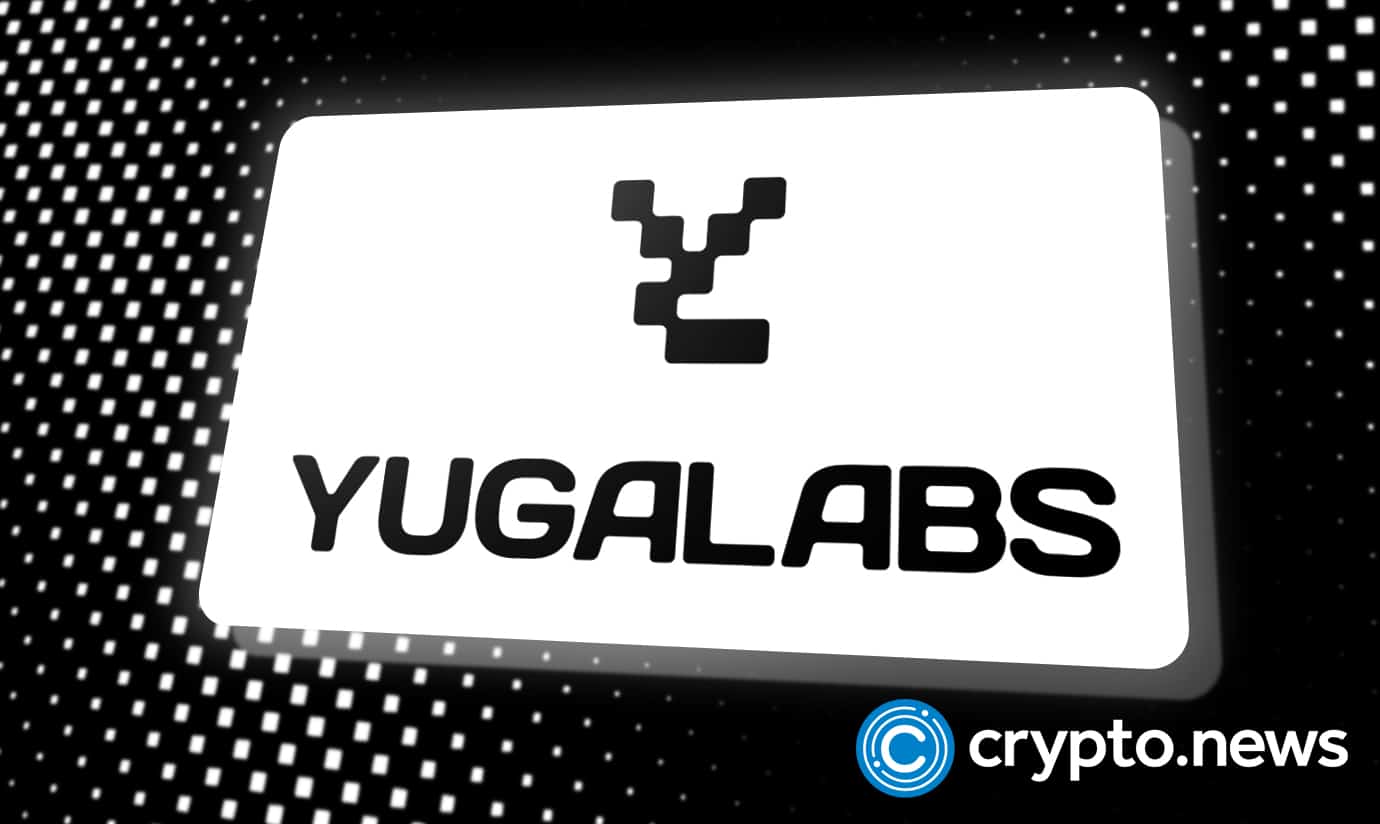 StanChart sees stablecion supply rising to $2T by 2028 following US legislation Assad Jafri · 12 mins ago · 2 min read
StanChart sees stablecion supply rising to $2T by 2028 following US legislation Assad Jafri · 12 mins ago · 2 min read
Standard Chartered sees US GENIUS Act boosting stablecoin supply, fueling $1.6 trillion in T-bill demand by 2028.

Cover art/illustration via CryptoSlate. Image includes combined content which may include AI-generated content.
Standard Chartered believes stablecoin supply could swell to $2 trillion by 2028, driving $1.6 trillion in new demand for US Treasury bills if upcoming US legislation passes as expected.
The report, authored by StanChart’s head of digital assets research, Geoffrey Kendrick, anticipates that the US GENIUS Act, which would formalize the legal framework for stablecoins, will be a massive boon to stablecoins and their growth.
The bill cleared the Senate Banking Committee in March and is widely expected to be signed into law by summer.
T-Bill Powerhouses
The GENIUS Act sets out a regulatory framework that mandates fully reserved stablecoins, with a strong preference for highly liquid U.S. assets like T-bills. Standard Chartered estimates this will drive consistent and large-scale purchases of government debt as stablecoin supply expands.
According to Kendrick:
“That level of demand is enough to absorb all the fresh T-bill issuance planned during Trump’s second term.”
Unlike prior speculative growth, the bank expects stablecoin demand to be structurally tied to fiscal markets, with issuers needing to match circulating token supply with liquid reserves.
The $1.6 trillion in projected T-bill demand reflects only newly issued stablecoins under these terms, not legacy tokens or digital assets more broadly.
The report explained that shorter-term T-bills would be the optimal reserve asset to manage liquidity needs and market volatility since issuers would want to avoid a “duration mismatch.”
Boosting Dollar hegemony
According to the report, the rise of regulated, dollar-backed stablecoins may also reinforce global demand for the US dollar, particularly in countries facing currency instability or capital restrictions.
Standard Chartered argued that the ability to access tokenized dollars through blockchain rails can deepen the dollar’s international role without relying on traditional banking infrastructure.
Kendrick added that this new form of dollar export could act as a “medium-term offset against the current threat to USD hegemony,” especially in light of rising trade barriers and monetary fragmentation.
With legislation likely to align stablecoins more closely with the U.S. financial system, their influence may grow from a crypto-native tool into a core component of global dollar liquidity and fiscal support.


















 English (US) ·
English (US) ·